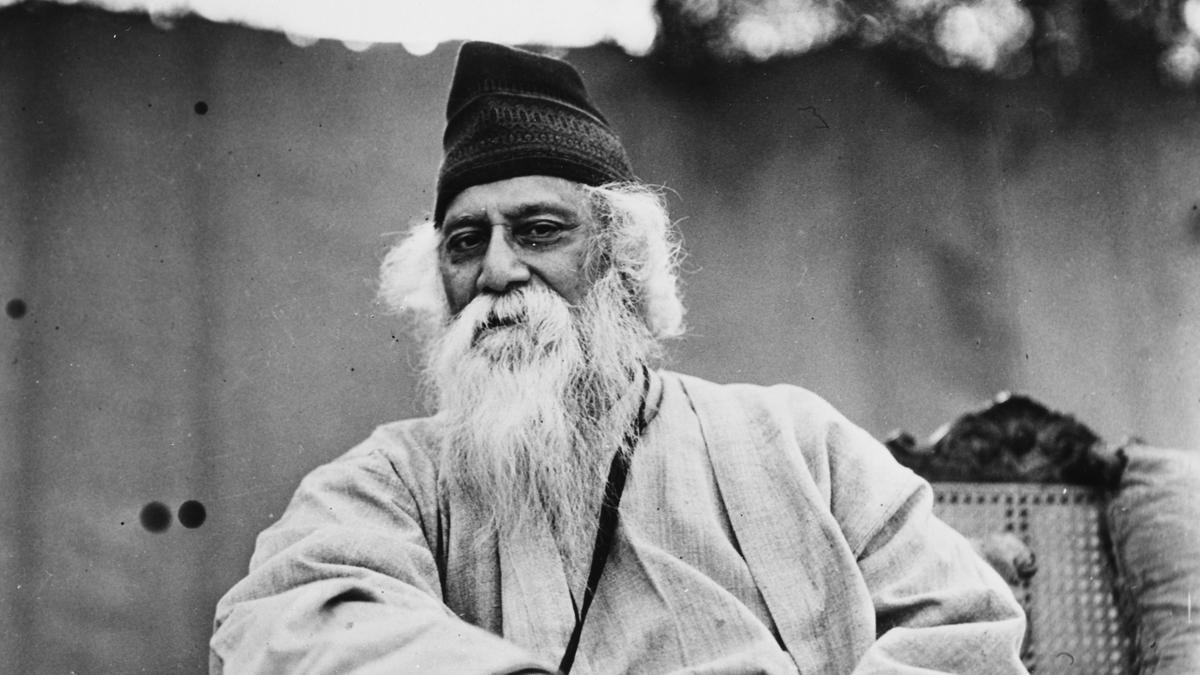India Inc’s spending splurge may not trickle down as small firms struggle

If this year’s abundant rainfall tames food inflation, the central bank would have the scope to cut rates more deeply than the half percentage point some analysts currently expect
On the economic front, the worry is jobless growth and anemic consumer demand, particularly in villages
By Andy Mukherjee The carnival of capital expenditure that was awaiting Narendra Modi’s return to power in India seems to have been delayed. That’s partly because the prime minister’s narrow election win doesn’t augur well for economic reforms. Also, interest rates are high, fiscal policy tight and local firms are worried about price competition from Chinese rivals facing weak sales at home.
Large Indian companies, however, are still drawing up ambitious plans, even though they will need debt — lots of it — to decisively move away from a decade-long investment drought that only ended with a post-pandemic boom. That surge is now exhausted. And tiny enterprises, which create nonfarm jobs at the vast bottom of the pyramid, look stretched. Can a handful of titans lift all boats?
S&P Global Ratings says Indian conglomerates are poised to invest $800 billion over the next 10 years, almost triple the past decade’s level. The bulk of it will go to existing businesses, where family-controlled enterprises led by Kumar Mangalam Birla, Anand Mahindra, Rajiv Bajaj, Pawan Munjal, as well as the Chennai-based Murugappa Group and ITC Ltd., the erstwhile Imperial Tobacco Co., will participate.
They are the more cautious spenders.
About 40 per cent of the investment, however, will be in new areas like green hydrogen, clean energy, aviation, semiconductors, electric vehicles and data centers, S&P says. Most will come from bolder players: the Tata Group, Gautam Adani, Mukesh Ambani, Sajjan Jindal of JSW and Anil Agarwal’s Vedanta. “The opportunity is huge,” S&P analysts Neel Gopalakrishnan and Cheng Jia Ong wrote in a report this week. “But this also presents risk — execution risk, and the risk of borrowing heavily on technology with unproven commercial payoff.”

The past decade was dominated by Ambani’s aggression. Reliance Industries Ltd., India’s most valuable private-sector firm, ended up investing more than 25 times its 2014 Ebitda. The coming 10 years could well belong to Adani, Asia’s second-richest tycoon behind Ambani. The rating firm’s analysts estimate that Modi’s friend from his home state of Gujarat will spend more than 20 times his group’s 2024 Ebitda between now and 2034. JSW, Vedanta and Tata will also bet a large multiple of their current profit — more than they did in the 2014-2024 period. Ambani might pace things a little, though he would still spend big in absolute terms.
How can India Inc afford the outlay? Carving up telecom, media, cement, aviation, energy and transport infrastructure among just two or three behemoths will be one way. It will give the conglomerates greater pricing power over everything from people’s phone and power bills to flight tickets and building-material costs in a market of 1.4 billion consumers. Higher profits in old industries will embolden the tycoons to raise debt for their new undertakings. As for equity, they will find plenty of foreign partners willing to shoulder the risk. Besides, markets will likely gobble up shares in Adani’s airport unit and Ambani’s telecom and retail ventures.
However, risk-taking doesn’t occur in a political-economy vacuum. Although it looks like Modi’s coalition government will compete its third five-year term, any losses in crucial state elections — two of which were announced this week — could further weaken the Hindu right-wing leader’s grip. An abrupt shift in power to more left-leaning parties could lead to a less tight-fisted fiscal strategy, which could spook financial investors and raise India’s cost of capital. But the bigger risk to conglomerates is the current administration’s very liberal policy support to them. It could dry up just when they are in the middle of an investment cycle. If politicians force local industries to become more competitive, pricing power will ebb.
On the economic front, the worry is jobless growth and anemic consumer demand, particularly in villages. Between 2005 and 2018, as many as 66 million people came out of agriculture, which is typically what happens when surplus farmhands in any developing economy chase better jobs in cities. But Covid-19 has sent a bigger number of workers — 68 million — back to the farm.
Reversal of a decade’s worth of progress has consequences. The pandemic is long over, but 800 million Indians are still on state-funded free food grains. The central bank is wary about the rapid growth in consumer loans. Even many micro enterprises are now overly leveraged. India Ratings, a unit of Fitch, recently drew attention to early signs of stress in finance companies’ unsecured business loans to tiny businesses at interest rates of 25 per cent or higher. With the post-pandemic bump in demand plateauing, higher costs and rising competition “have started to bite into the margins of micro enterprises,” the firm’s analysts wrote in a recent report.
If this year’s abundant rainfall tames food inflation, the central bank would have the scope to cut rates more deeply than the half percentage point some analysts currently expect. It’s also possible that multinationals will bring new technologies and capital to India as the West drifts further apart from China. Forays into new industries like green hydrogen might pay off early. Most importantly, there could be a new cycle of housing demand, which according to analysts at Axis Capital in Mumbai, was the biggest component of the 2012-2021 investment slowdown.
Right now, though, the bull case is perched on lofty equity valuations that may struggle to hold up if corporate profit disappoints, as Ambani’s flagship Reliance Industries’ earnings did this week. While the world is fixated on China’s slowdown, India’s investment revival will also matter for global growth. The top end of the skilled workforce will undoubtedly benefit from more capital. But will the spending on machines, factories, warehouses and stores trickle down to lower rungs of the country’s 600 million workforce, boosting jobs, wages and consumer demand? That’s where the road ahead looks treacherous.













